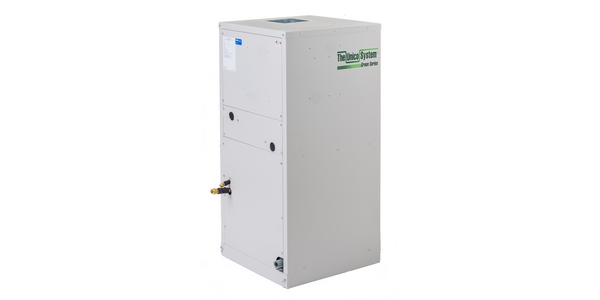Murray Company, a Mechanical Contractors Association of America member, was brought on by general contractor Hathaway Dinwiddie to install Southern California’s first-of-its-kind fully functioning plumbing system that complies with the Living Building Challenge requirements set forth by the International Living Future Institute.
The LBC is a sustainability standard that focuses on 20 imperatives, including energy, water, construction waste and urban agriculture. Regenerative power will use the natural environment to bring this unique building to life.
The project is a 50,000-square-foot building attached to a registered historic landmark, the Santa Monica City Hall building. Located in Santa Monica, California, the building will house the City Building & Safety Permit Services Center, in addition to city staff offices and ancillary spaces housed in multiple-leased spaces throughout the city. The city is pursuing a full LBC certification for this project.
The three-story, above-grade concrete structure (plus a basement) includes mechanically operated glazing vents, photovoltaics, gray water treatment for irrigation demand and rainwater treatment for potable water use within the building. The Murray Company team installed a 40,000 gallon underground rainwater collection tank (measuring 10 feet by 74 feet) that collects rooftop rainwater from the storm and overflow drains, as well as the carport canopies adjacent to the building. The rainwater distribution piping used for this application is 316 stainless steel with couplings that have an internal gasket rated for potable water use.
Additionally, the site includes a chemical injection water treatment system called On-Site Hypochlorite Generation system. This allows the potable water system to be dosed with chlorination and fluoride that will be integrated into the potable water distribution system throughout the facility.
Another unique feature is the 100% waste conversion to compost system, which ties in a foam flush toilet system to expend only 3 tablespoons of water per flush. Six compost bins were key to the water strategy, providing a 50% reduction in the need for potable water demand.
The team’s innovation and adaptability to the demands of the project are a new way forward for plumbing and construction.
Murray Company’s crew included team captain Steve Molina (project manager), Virginia Brown (project executive), Aina Cortez (project engineer), Jason Hernandez (general superintendent), Gerald Bender (detailer) and Mike Bogroff (foreman).
Source: mcaa.org




